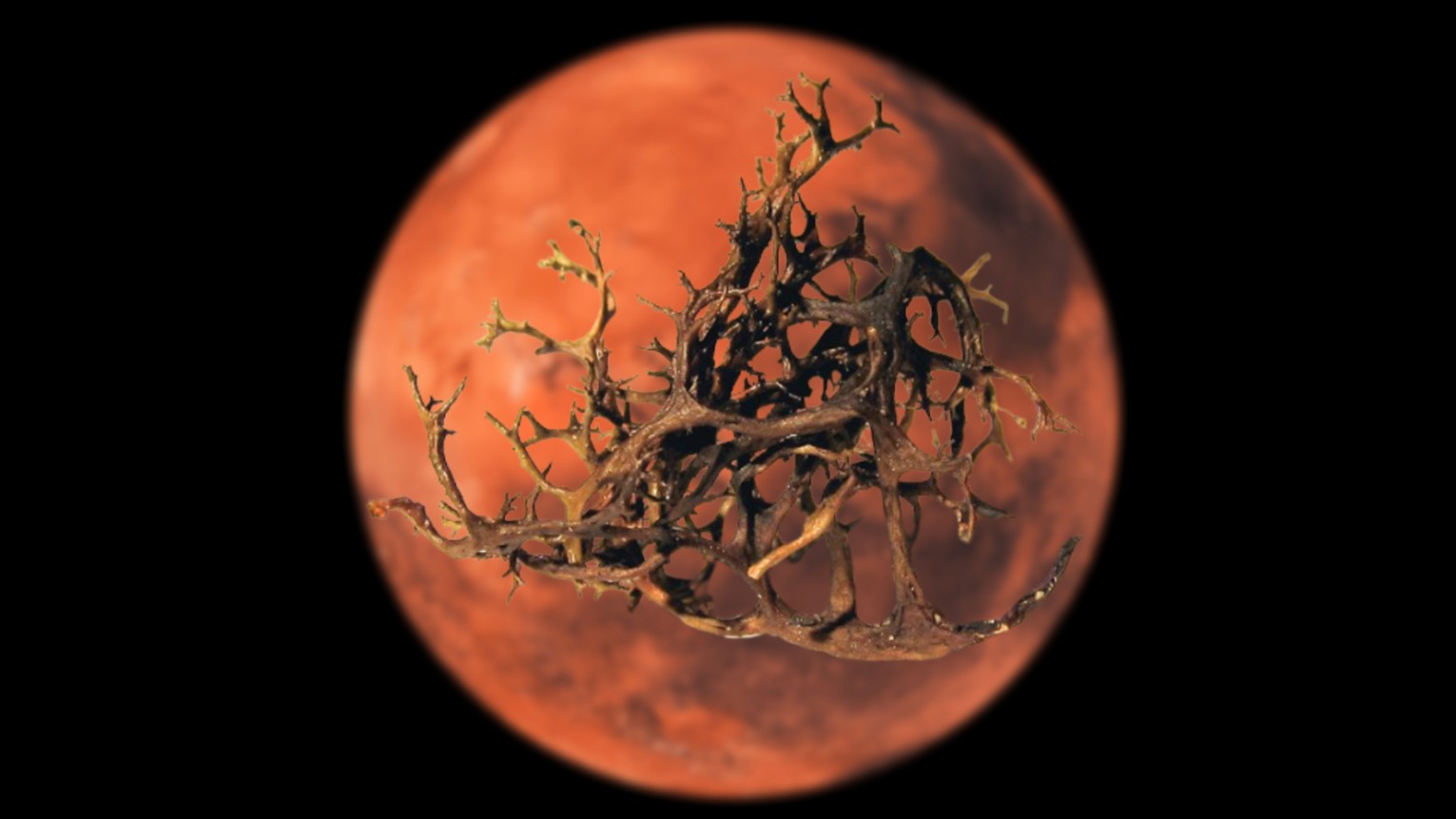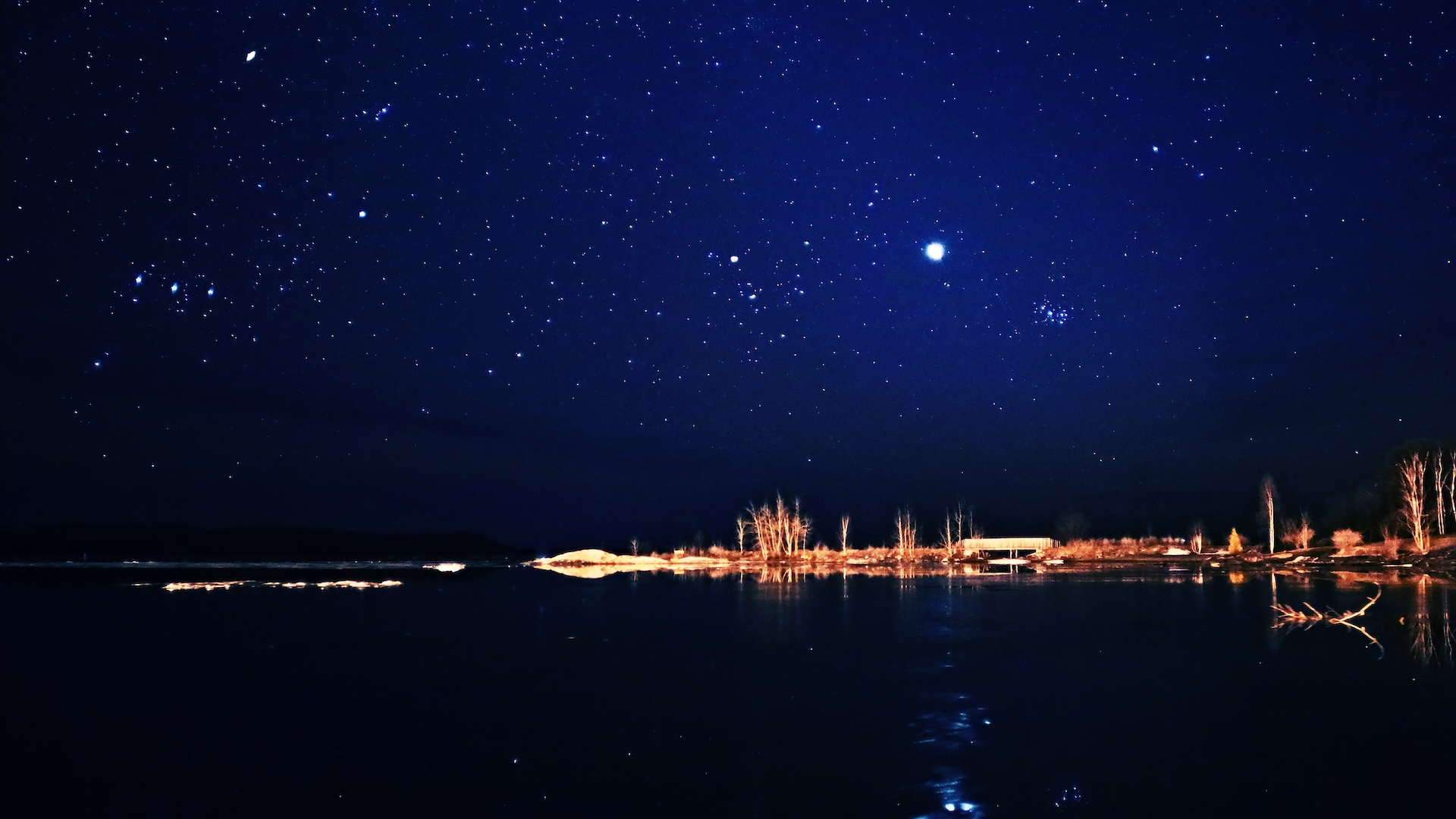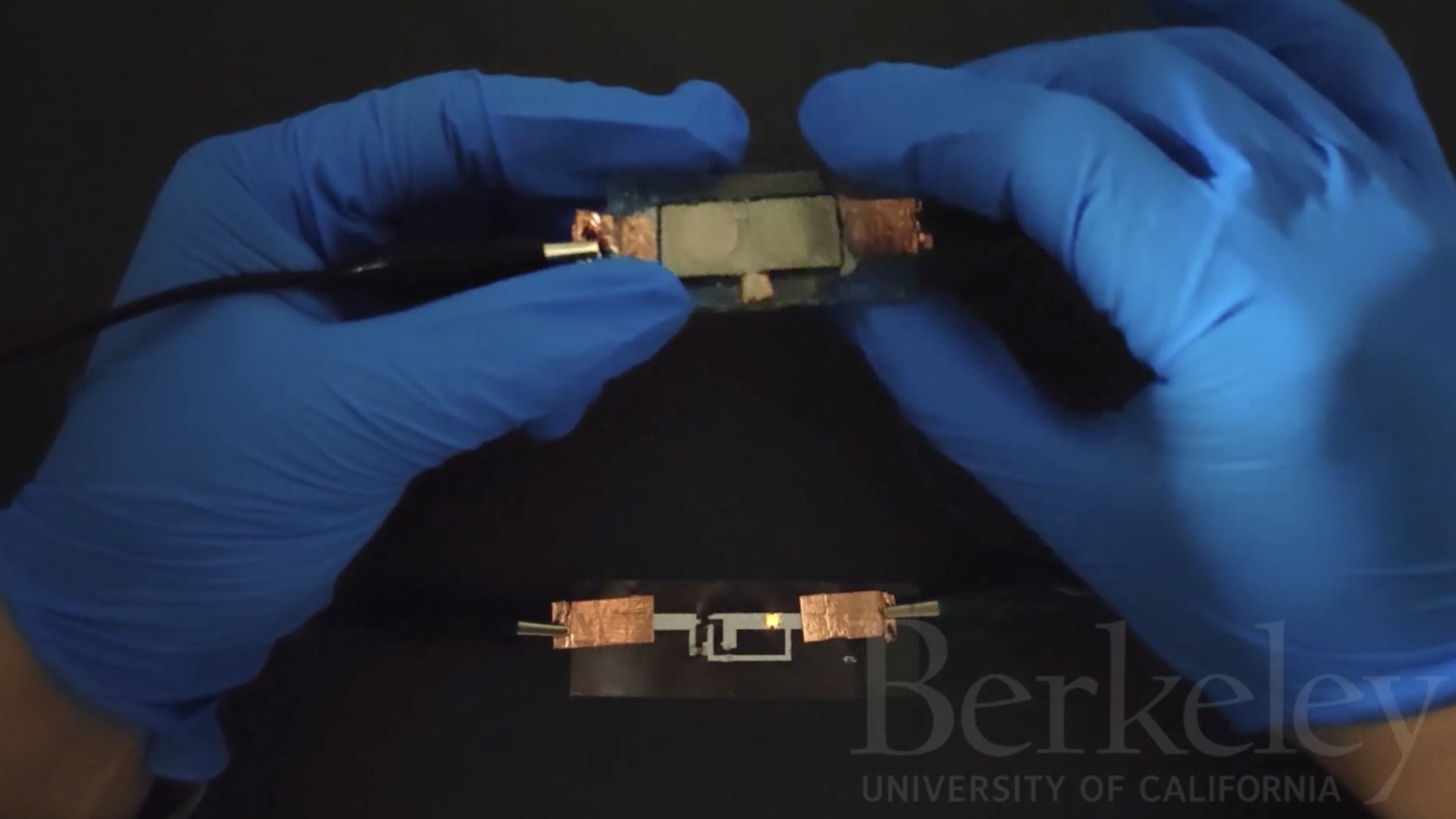17th-century home and silver spoon from 'affluent household' found in Colonial Williamsburg
The home, which was built around 1660, would have been owned by an affluent family based on the artifacts found there.
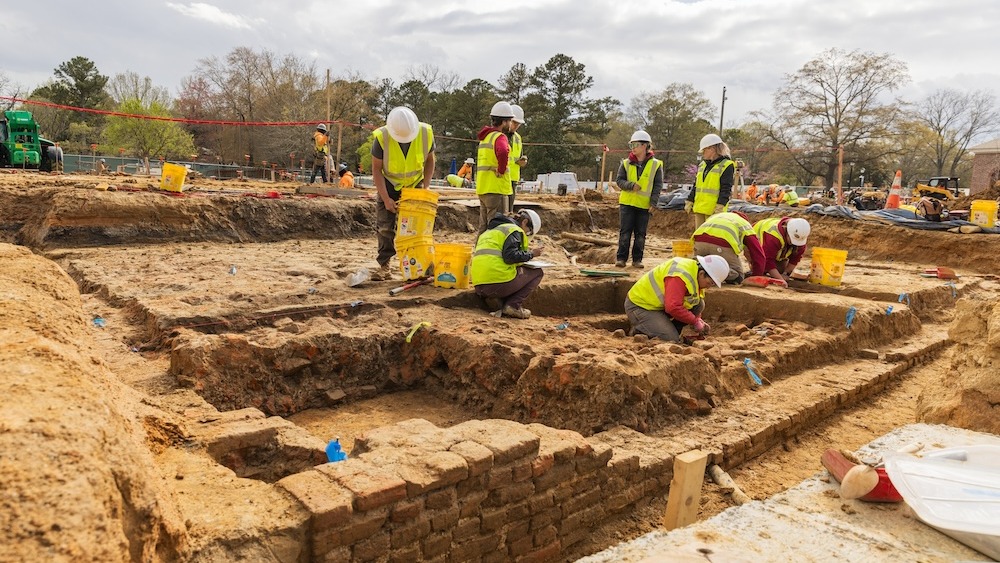
Archaeologists unexpectedly unearthed the remnants of a 17th-century home's foundation while doing excavation work in Virginia.
The site, which is located on the grounds of Colonial Williamsburg, was one of the first settlements of the original colonists who came to the New World from Europe, according to a statement from Colonial Williamsburg.
Researchers estimate that the home was built as early as 1660, making it the oldest known Colonial structure in the region.
"This is wild for us to have found something like this," Jack Gary, executive director of archaeology at Colonial Williamsburg, said in a video announcing the discovery.
In addition to the home's foundation and cellar, archaeologists unearthed numerous artifacts and building materials from when the house was still standing.
Related: Revolutionary War barracks burned by the British discovered in Colonial Williamsburg
"A lot of the materials are what an affluent household would have had," Gary said. "We're finding things like plaster from the walls, leaded casement windows and high-end ceramics. And we just found the handle of a silver teaspoon, which is just wild."
Sign up for the Live Science daily newsletter now
Get the world’s most fascinating discoveries delivered straight to your inbox.
The artifacts are "really significant," since they "tell the story of what life was like [back then]," Gary added.
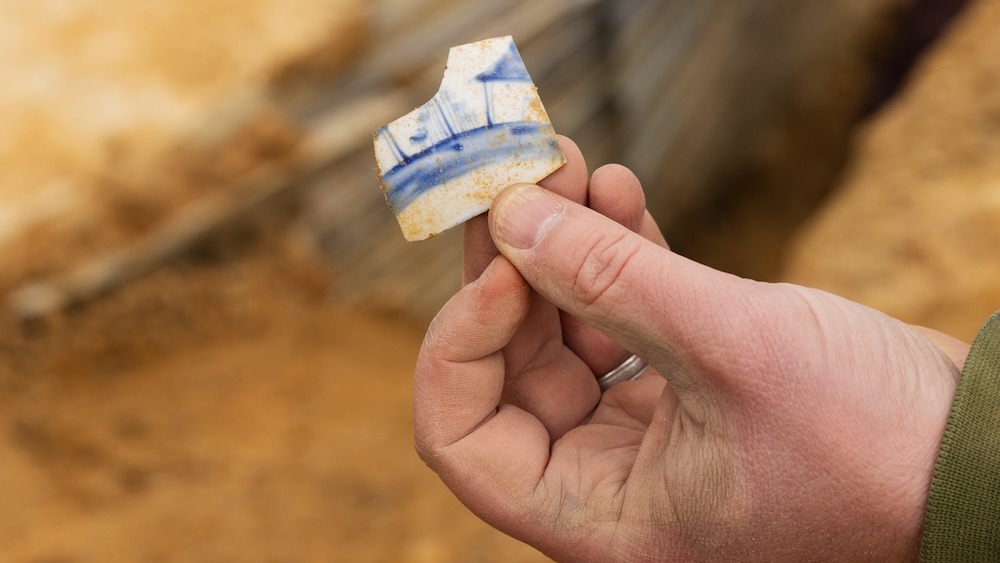
Once excavations are completed, the space above the excavation site will be home to a new archaeology center that is scheduled to open in 2026 and will house the world's largest collection of artifacts from the 17th to 19th centuries of Colonial America, according to a statement from Colonial Williamsburg.
"We're going to cover over most of [the site] and preserve the majority of it underneath the building, but we have the great opportunity to showcase it with a glass floor building [over] one of the sections of the foundation," Gary said. "Our visitors will literally be able to stand on top of history and look down on it and it will remind them that wherever they go in Williamsburg, there's history underneath their feet."
Jennifer Nalewicki is former Live Science staff writer and Salt Lake City-based journalist whose work has been featured in The New York Times, Smithsonian Magazine, Scientific American, Popular Mechanics and more. She covers several science topics from planet Earth to paleontology and archaeology to health and culture. Prior to freelancing, Jennifer held an Editor role at Time Inc. Jennifer has a bachelor's degree in Journalism from The University of Texas at Austin.

